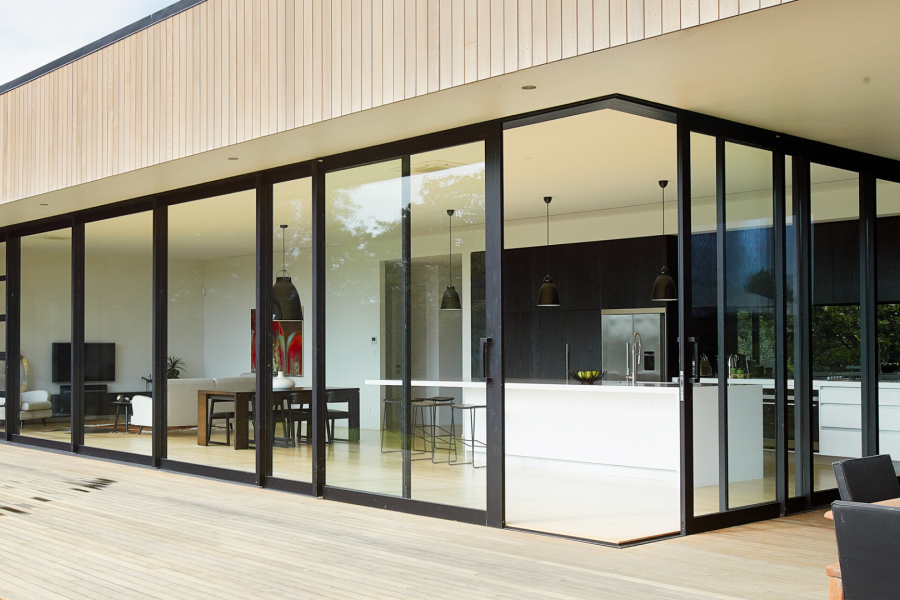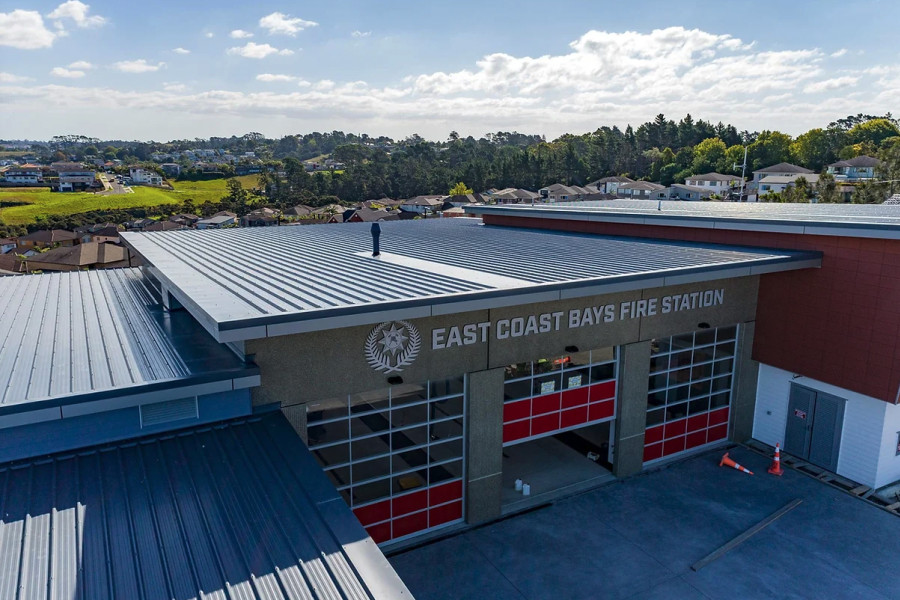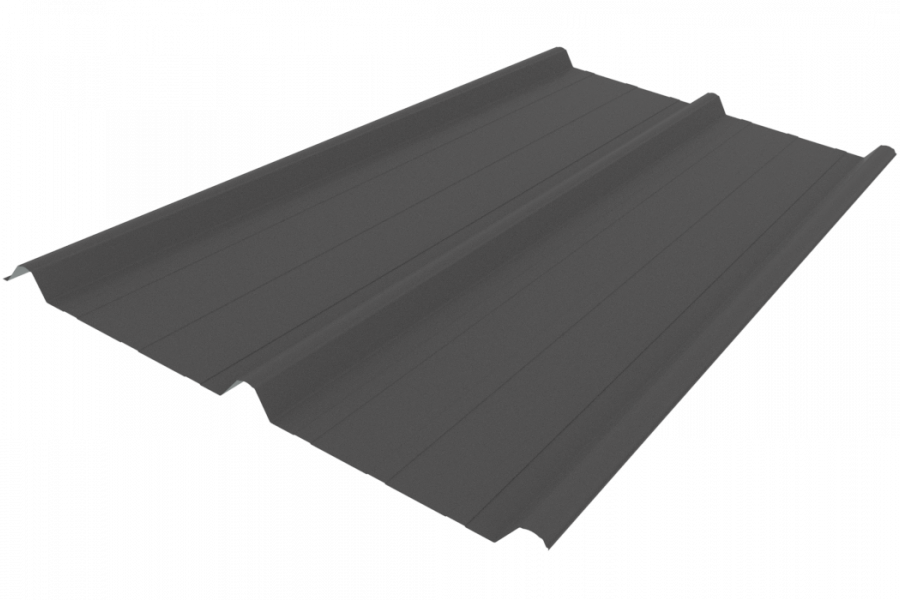MBIE’s single focus on the evaluation of the level of thermal insulation in the construction of new dwellings, with an aim of reducing the problem of over-heating in new multi-unit residential housing, will not resolve the challenge as the insulation requirements are only a part of the path towards a solution. There are other equally important aspects of building design and construction which by necessity contribute to a moderation of the extremes of the thermal performance of this form of housing. Even so there needs to be recognition that the dwelling is a static object compared to the exterior setting in which it exists. The surrounding external environment is a dynamic feature which is always changing, even if the changes are of a cyclic nature, ie., variable seasonal and diurnal factors, overlain with a fickle weather component and fine-scale adjacent geographic features, etc., all have a very significant influence.
For over a decade now I have been commenting through these blogs on building sustainability topics and raising questions for the reader to ponder. Looking back to the mid 20teens there are basic subjects I addressed which are still relevant today, especially as the residential property sector and residents now realise that there is a growing problem of over-heating in some newly constructed terrace and apartment residential projects. Refer to my EBOSS Detailed blogs of October 2021, Summer Cooling for Medium Density Housing, and of November 2023, Why is it Being Reported that New Terrace Housing is Overheating in Summer?
To install mechanical cooling and heating systems might offer a quick and easy fix, as advocated by self-interested industry players, but I consider that first a fundamental rethink is needed of how these projects are delivered. There is also the ‘Elephant in the Room’ of embodied and operational carbon as I point out in my EBOSS Detailed blogs of October 2020, The Need for Embodied and Operational Carbon Reduction. Likewise our finite future electricity supply must be considered as my blog of February 2022, Are New Zealanders to Become Electricity Paupers?
As building designers and constructors we first need to take intelligent advantage of the dynamic hourly passive thermal performance gains which can be achieved through a holistic approach to all aspects of design, material selection and construction methods. A holistic attitude emphasises interconnectedness and seeks to address the underlying causes of issues, not just the symptoms.
Below are a selection of some of my early comments and thoughts which perhaps might act as a springboard for discussions on how we may proceed from here. Do we continue with how things are being done now, but with the intention to make a start next year “when the economy improves”, or do we start today on designing and building the dwellings which will be around and still liveable for the arrival of 2100?
In my EBOSS Detailed blog of December 2014, “Insulation, Thermal Mass and Glazing: The Juggling Game.” I bring together the three primary components of passive design before cooling and heating systems are considered. These three where treated separately in the following links:
- EBOSS Detailed blog of August 2014, “Is More Insulation the Best Solution”,
- EBOSS Detailed blog of September 2014, “Less Glass or More Insulation?”,
- EBOSS Detailed blog of June 2014, “Thermal Mass: Is It Useful?”,
- EBOSS Detailed blog of April 2015, “Shading: It Is Not All Bad”. Dealing with Shading is complex due to the ever changing parallel paths the sun follows throughout the four seasons.
Finally the influence of site selection on passive thermal performance should not be underestimated, as I set out in EBOSS Detailed blog of February 2015, “Site: It Is Never Too Early to Begin.”
For a growing proportion of the population we are, as a society, inevitably moving away from the single-storey standalone house with a tidy front presentation and a large backyard for a multitude of family activities. How should this influence the forms of our future dwellings so that they are appropriate and liveable for the present, and yet can be easily adapted to the changing climates of the intermediate and distant future?
Through EcoRate Ltd – Architect, I provide objective dynamic hourly passive solar thermal performance analysis and advice on sustainability matters, to Architects, Designers, Builders, Manufacturers, and others in the construction industry, included those proposing to build a new home. For more information feel free to contact Keith at EcoRate Ltd on 021 890 251, [email protected], or our website www.settlement.co.nz






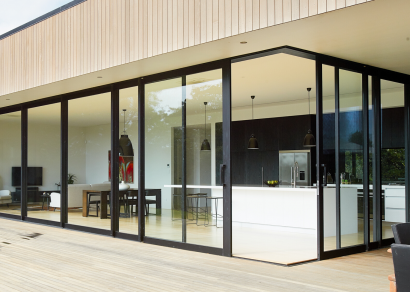
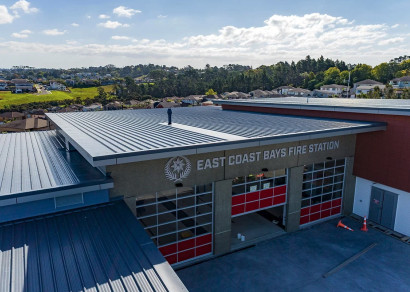
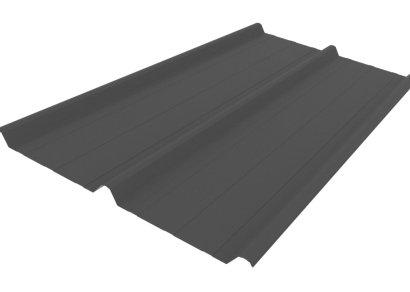
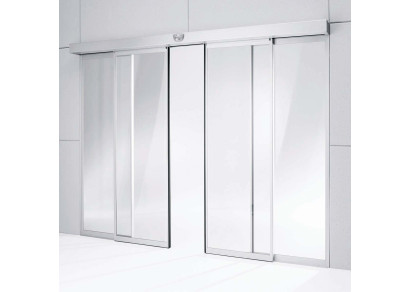
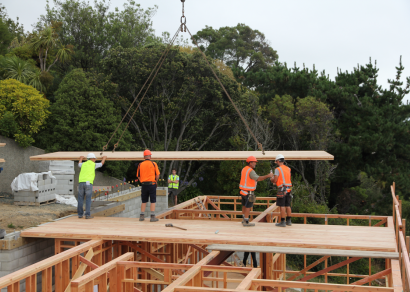
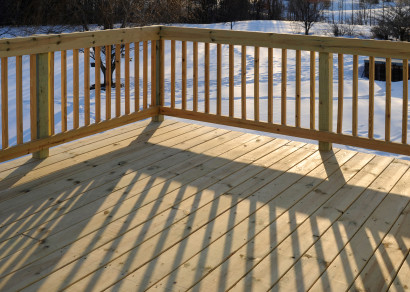

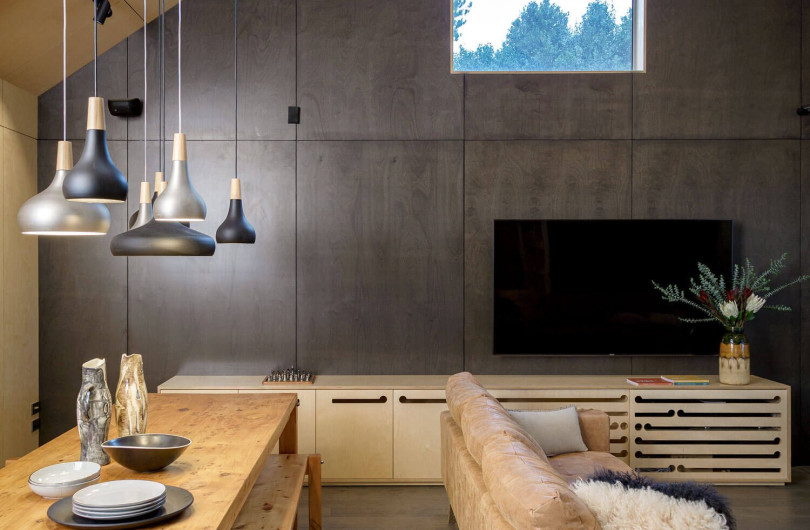
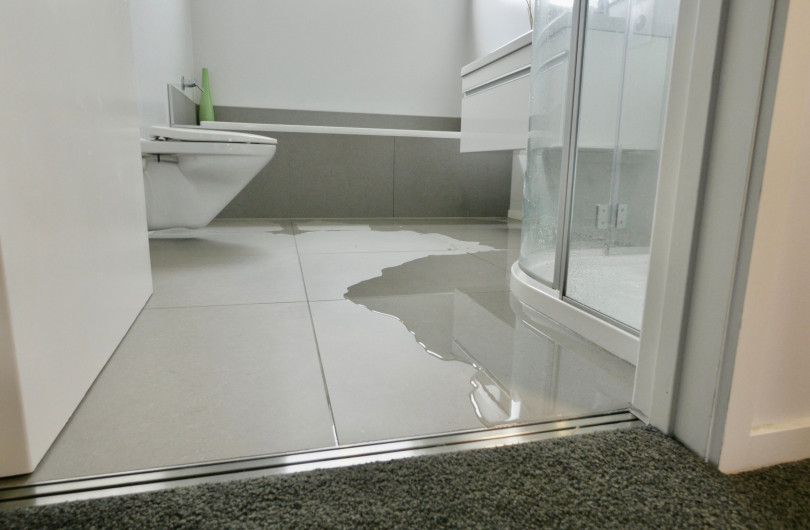
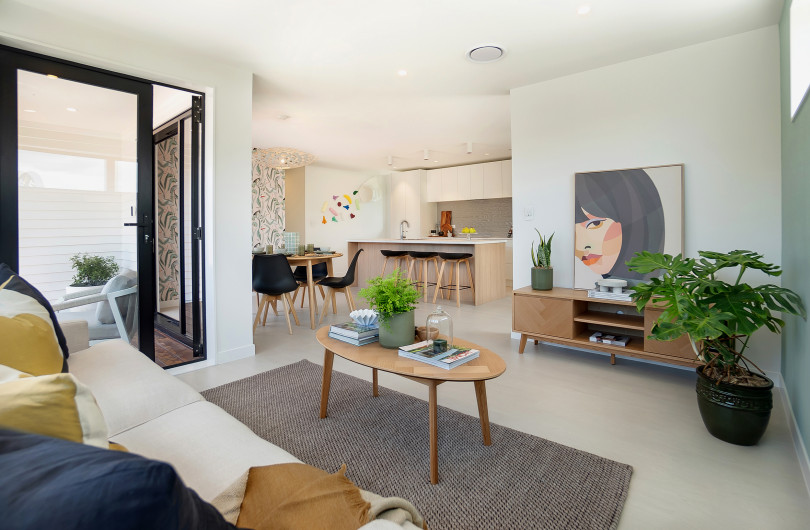

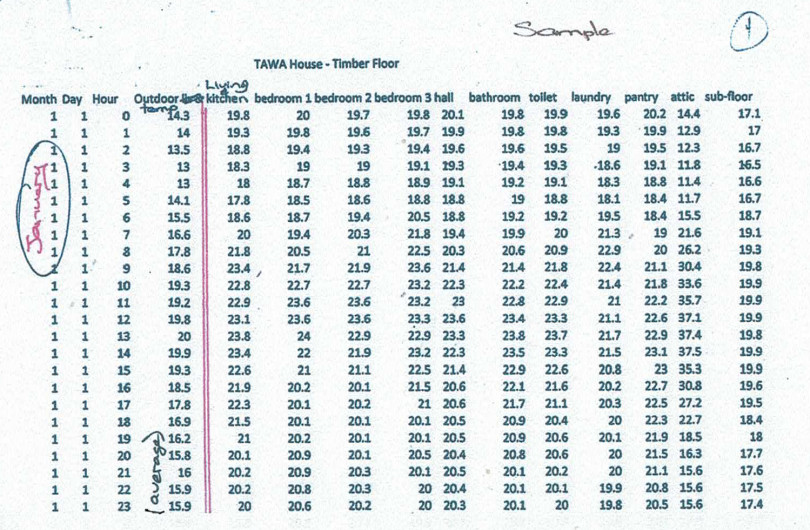










 Most Popular
Most Popular Popular Products
Popular Products